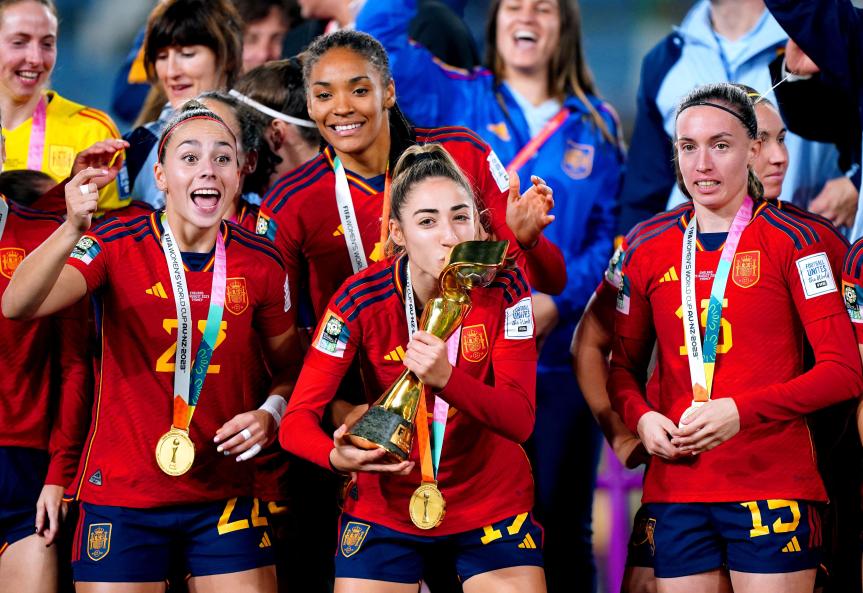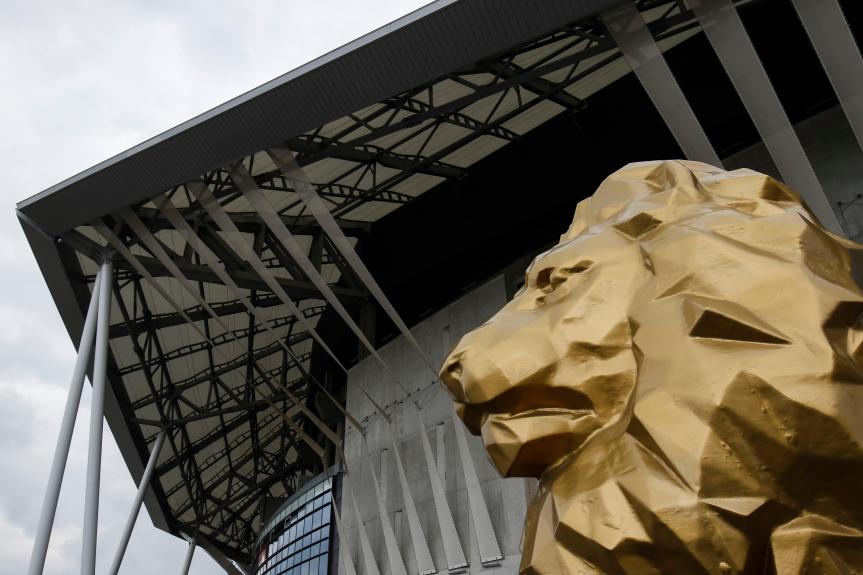THE GUARDIAN list of the top 100 women footballers has been released and unsurprisingly, Spain’s Aitana Bonmati was at the top. Bonmati, 25, was considered the best player by 102 of the 112 judges, making her the overwhelming number one. Bonmati was the outstanding performer in the World Cup, scoring the winning goal, and was pivotal in Barcelona’s UEFA Champions League success in 2023 She was one of 15 Barcelona players in the top 100. Lyon had 10 players in the list and Chelsea eight. Second place in the voting was Chelsea and Australia’s Sam Kerr. England also featured prominently in the top 100, with 12 players included. Keira Walsh, Mary Earps and Laura James were all in the top 10.
A report from the players’ union, Fifpro has highlighted that security in stadiums must be improved and player safety needs to be ungraded. Sixty-three per cent of the 41 national unions surveyed said the standard of security and stewarding was below par with 71% believing checks on supporters entering stadiums were poor. Sixty-eight per cent said technology in stadiums which could identify perpetrators, such as CCTV and facial recognition tools, was insufficient. Alexander Bielefeld, Fifpro’s director of global policy and strategic relations for men’s football, said: “We cannot continue to allow a culture in which footballers are the victims of unchecked and normalised aggression in their working environment.”
Paris Saint-Germain’s president, Nasser Al Khelaifi, has admitted he wants Kylian Mbappé to remain at the club, amid rumours the France international is poised to move to Real Madrid in the summer. Mbappé’s contract expires in June 2024 and as it stands, he can walk away from PSG and the club will not get a fee. Al Khelaifi said: “For sure I want Mbappé to stay. For me he is the best in the world and for me the best club for Kylian is Paris. He is the centre of the project today. It’s normal to ask about him. For me he is the best in the world, I have a very good relationship with him. Not only as a player, as a person. He has an agreement with me, as he has said. There is no negotiation, but I think he is still young, he wants to win many trophies and hopefully with us.”
The Eagle Football Holdings group, which is chaired by US investor John Textor, may be looking to sell its 45% stake in Crystal Palace. The group is exploring the possibility but nothing formal has been agreed as yet. It has been suggested that potential buyers would only be interested in Palace if they could gain majority control of the club. This would mean that Steve Parish, who has a 10% stake, would have to be bought out. According to media reports, fellow shareholder Josh Harris, who has 18%, may be interested in upping his sharein the club. As well as Eagle’s investment in Palace, Eagle Football Holdings also owns Botafogo, FC Florida, Molenbeek and Lyon.


